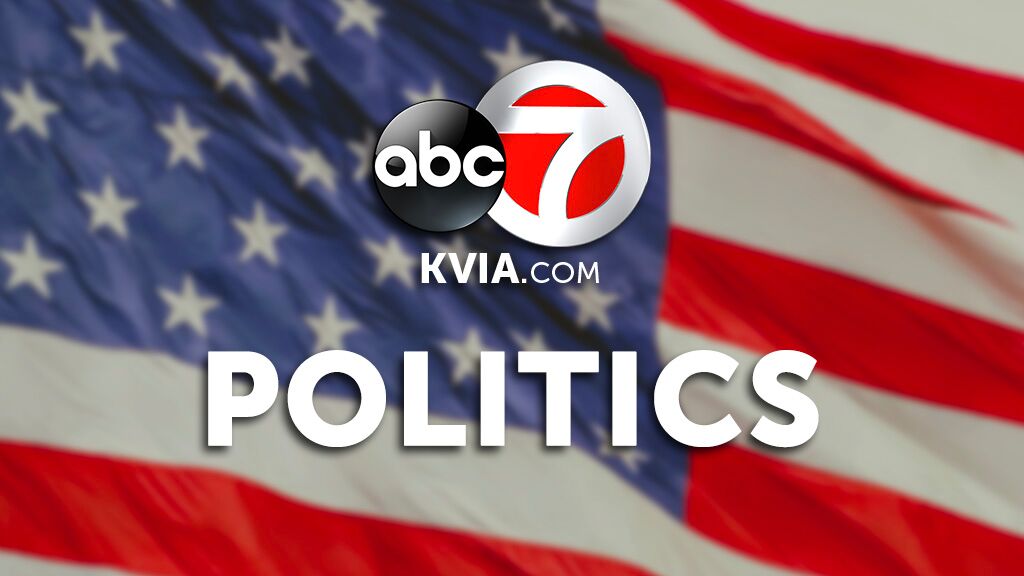Pompeo says Trump has always relied on US intelligence. Here’s what the facts say.

In answering questions on Friday about the decision to kill Iranian Gen. Qasem Soleimani, Secretary of State Mike Pompeo told reporters that as President, Donald Trump has shown confidence in the intelligence agencies and their work.
“Look, I served as CIA director for the first year and a half of this administration,” Pompeo said. “I watched the President rely on the work that the intelligence community did for the entire time I served as the head of the Central Intelligence Agency.”
The notion that Trump has always relied on the conclusions of the US intelligence community is contradicted by the President’s repeated, high-profile disavowals of its findings and attacks against what he calls the “deep state” — like when he compared the work of intelligence agencies to that of Nazis.
There are numerous examples of Trump dismissing the conclusions of the US intelligence agencies.
Russia interference
The intelligence community, including the CIA, the FBI and the Department of Homeland Security, agrees: Russia interfered in the 2016 US election. Trump, on the other hand, has gone back and forth on this issue — claiming at times that Russia did not interfere, only to reverse that claim months (and sometimes days) later.
On October 7, 2016, the US intelligence community released a statement saying it was “confident that the Russian Government directed the recent compromises of e-mails from US persons and institutions, including from US political organizations” and urged “state and local election officials to be vigilant and seek cybersecurity assistance.”
President-elect Trump told Time magazine on November 28, 2016, “I don’t believe [Russia] interfered. That became a laughing point, not a talking point.”
On January 6, 2017, the Office of the Director of National Intelligence released a report outlining Russia’s effort to interfere in the election. Days later, on January 11, Trump told reporters “I think it was Russia” that hacked the Democratic National Committee — but he left open the possibility of other countries’ involvement.
In July 2017, Trump claimed that “nobody really knows for sure” whether Russia had interefered in the election, saying he thought it was Russia. “I think it was Russia and I think it could have been other people and other countries. It could have been [that] a lot of people interfered.” But, he added, “nobody really knows for sure.”
Most famously, Trump sided with the conclusion of Russian President Vladimir Putin after their meeting in Helsinki, Finland, that it was not Russia that had interfered in the election. “President Putin says it’s not Russia. I don’t see any reason why it would be,” Trump said. The next day Trump had to backtrack, saying he meant to say the exact opposite. “The sentence should have been, ‘I don’t see any reason why it wouldn’t be Russia,’ sort of a double negative,” Trump said. “So you can put that in, and I think that probably clarifies things pretty good.”
This is only a glimpse of the many times Trump has contradicted or questioned findings from the intelligence community on the subject of Russian interference in the 2016 election.
Read more: Trump vs. US intelligence on Russian election interference
Ukraine meddling
While dismissing the findings of the US intelligence community on Russian interference, Trump has pushed an alternative narrative that the Ukrainian government was the real culprit in 2016 US election meddling. That theory runs contrary to existing evidence and US intelligence, and was publicly debunked by a top national security adviser during the House impeachment hearings last year. Furthermore, US intelligence officials believe this theory originates with Russia, and is intended to shift the blame.
In December The Washington Post reported that, according to a former senior White House official, Trump said he was sure Ukraine had meddled in the election because “Putin told me.”
The murder of Jamal Khashoggi
In October 2018, reports circulated that Washington Post columnist Jamal Khashoggi had been murdered at the Saudi Arabian consulate in Turkey. Within a month, the CIA concluded with high confidence that Saudi Crown Prince Mohammed bin Salman had directed Khashoggi’s murder, which was conducted by members of bin Salman’s inner circle. But Trump refused to accept that his ally was in any way responsible for Khashoggi’s murder, ignoring what the intelligence community was telling him.
In a November 2018 statement issued days after the release of the CIA’s report, Trump said that “it could very well be that the Crown Prince had knowledge of this tragic event — maybe he did and maybe he didn’t!”
Trump went so far as to side with Saudi Arabia’s official stance over the conclusions of his own intelligence agency.
A Saudi Embassy spokeswoman said in a statement that “the claims in this purported assessment are false. We have and continue to hear various theories without seeing the primary basis for these speculations.”
“We may never know all of the facts surrounding the murder of Mr. Jamal Khashoggi,” Trump said in his statement. “In any case, our relationship is with the Kingdom of Saudi Arabia. They have been a great ally in our very important fight against Iran.”

